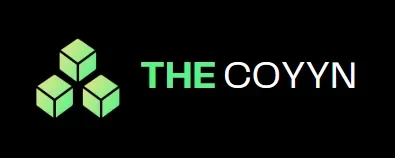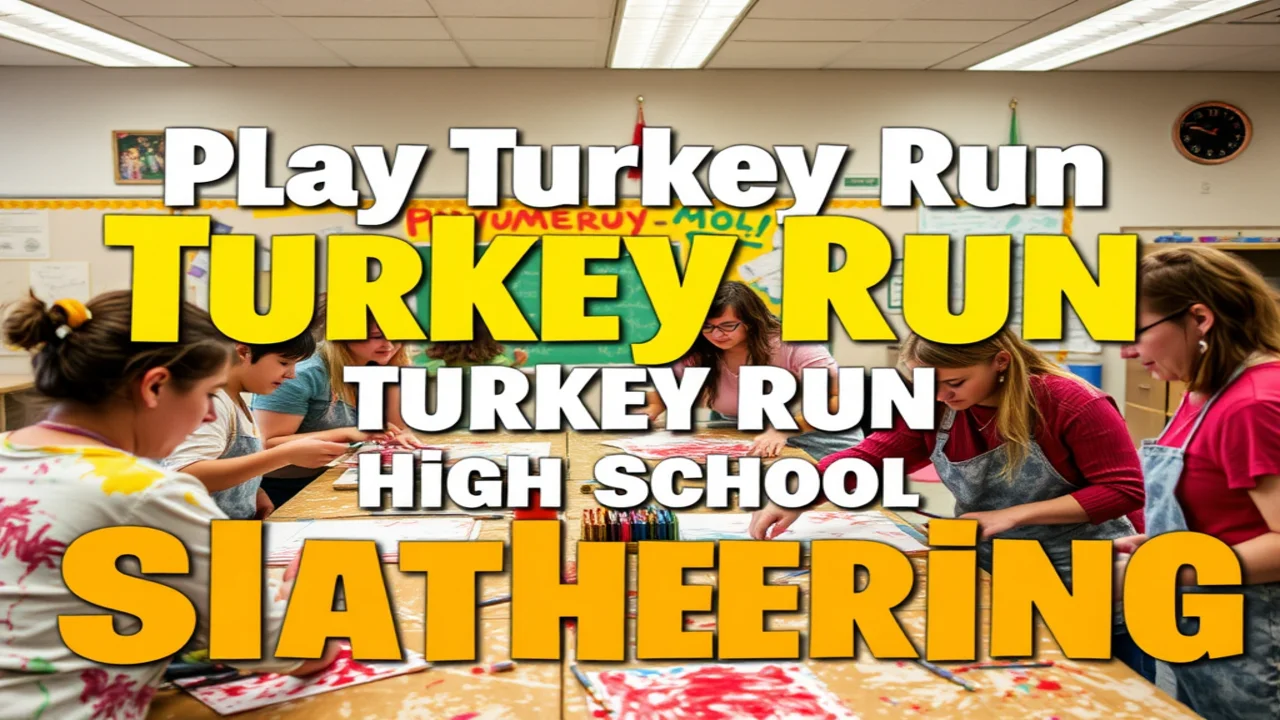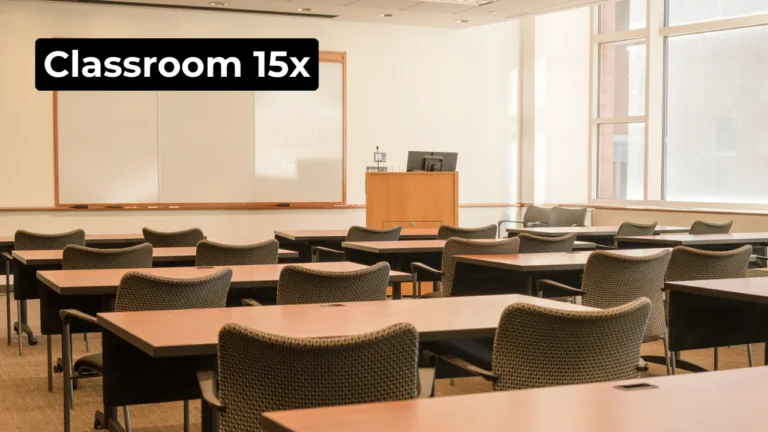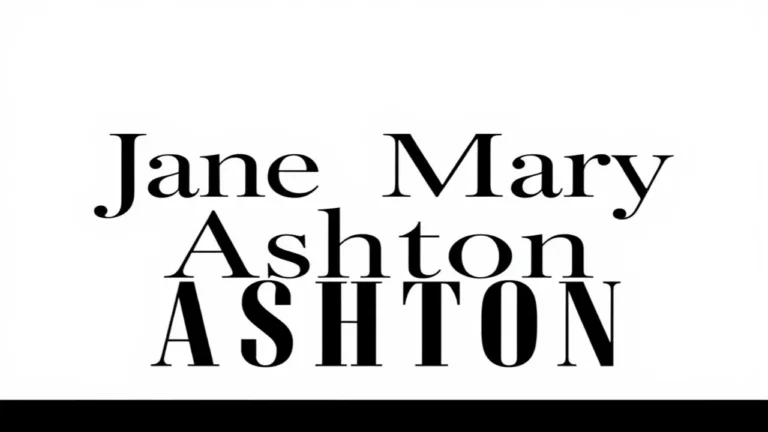Play Turkey Run High School Art Teachers Slathering
Introduction
High school art classes have a significant impact on students’ development as artists, writers, and thinkers. Art educators not only impart knowledge of the basics, but also inspire students to develop an insatiable appetite for creative inquiry through a variety of cutting-edge methods. Textured art techniques like impasto and spattering have become popular because they allow artists more freedom to express themselves and try new things.
One interesting idea that gets tossed around a lot—though with different meanings—is “play turkey run high school art teachers slathering.” This seemingly nebulous statement actually encapsulates many strategies employed by art educators in secondary schools to encourage their students to think creatively and critically. The educational value and impact of these dynamic methods will be the focus of this article.
What Is “Turkey Run” in Art Education?
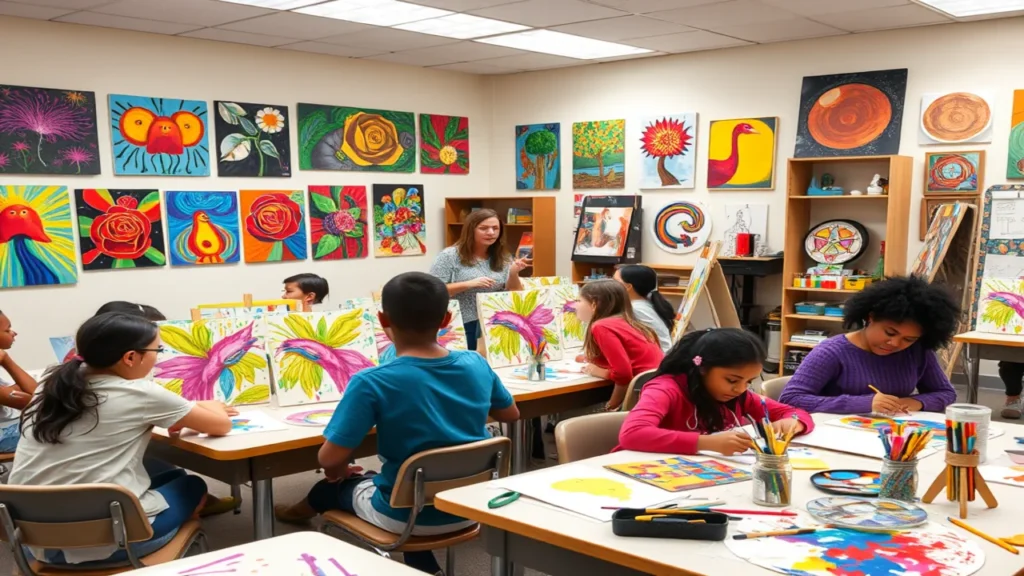
Bridging Creativity and Experimentation
The term “Turkey Run” can be seen as a metaphor for an energetic, unplanned style of art that values spontaneity. This manifests itself in the classroom as teachers who foster an environment free from the fear of failure allowing students to “run wild” with their ideas.
Spattering Technique
One common technique is “spattering,” which entails splattering or flicking paint to make haphazard patterns. This method encourages flexibility and problem-solving skills by teaching students to welcome uncertainty in their work.
Slathering in Art
“Slathering” probably means applying thick paint in an impasto-like manner. Students learn about texture and the physical qualities of materials by creating vibrant artworks with heavy paint application using brushes or palette knives.
High School Art Teachers as Facilitators
The introduction of these techniques is a crucial responsibility of teachers. They normalize artistic risk-taking in the classroom by demonstrating concepts and encouraging students to experiment.
The Role of Play in Art Education
“Play” in art refers to the act itself rather than the final result. This method is fundamental to good art education because it is in line with psychological theories that highlight the significance of trying new things in the creative process.
Dynamic Techniques High School Art Teachers Use
Enhancing Artistic Depth
Student artworks can be given depth and interest by incorporating scattering. This technique teaches the delicate dance between precision and chance, whether one is painting a starry sky or an abstract pattern.
Tools for Spattering
Students experiment with different effects using a variety of tools, such as brushes, toothbrushes, and even sponges. They learn from their instructors how to tweak the pressure and angles to get various results.
Encouraging Experimentation
Spattering helps students overcome their fear of failure by encouraging a mindset that doesn’t allow for mistakes. They gain strength and self-assurance by viewing setbacks as learning experiences.
Applications in Different Art Styles
Abstract art and landscapes both benefit from spattering. To demonstrate the technique’s versatility across genres, teachers frequently use it in thematic projects.
Collaboration and Peer Learning
Pairing students up to investigate spattering together is a common practice among art educators; this encourages students to learn from one another and shares ideas, which in turn builds classroom community.
Exploring Impasto and Thick Paint Application
The goal of impasto painting is to make the artist’s brush or palette knife marks stand out by applying paint thickly. This method gives paintings a sense of depth and emphasizes the paint’s tactile qualities.
Techniques to Achieve Impasto
In their classes on impasto techniques, students learn to make textured surfaces using items found around the house, as well as more traditional tools like palette knives and modeling paste. For more intricate designs, they suggest layering.
Impasto in Famous Artworks
Many art classes focus on Van Gogh’s masterworks because of the way impasto makes the landscapes come to life. Inspiring students to take risks through these examples is a common strategy among educators.
Emotional Expression Through Texture
Students can add depth and meaning to their work by using thick paint to create textures that evoke emotions.
Practical Tips and Challenges
While encouraging students to fully immerse themselves in the physicality of painting, teachers offer practical advice on topics such as controlling drying times and blending colors on textured surfaces.
Incorporating Play and Exploration in Art Classes
Creating a Safe Space for Experimentation
Class is a safe place where students can try new things without fear of criticism, according to art instructors.
Playful Assignments
“Paint a feeling” or “depict chaos” are some of the assignments that teachers use to inspire students to use their imaginations and express themselves creatively through the use of impasto and spattering.
Unconventional Materials
The incorporation of sand, fabric, or found objects into the materials enhances students’ comprehension of texture and composition.
Collaborative Art Projects
Teamwork and shared creativity are important life skills that can be applied beyond the art room. Group projects frequently involve playful techniques to foster these qualities.
The Role of Critiques
By providing constructive criticism, students are able to improve their methods and gain an appreciation for different points of view, transforming play into meaningful learning.
Why These Techniques Matter in Art Education
Fostering Creativity and Innovation
Art educators foster creative problem-solving, a talent vital in today’s innovation-driven society, by instructing students in techniques such as spattering and impasto.
Building Confidence Through Experimentation
Students gain self-assurance and the courage to try new things, which is essential in art and in life, when the focus is on the process rather than the outcome.
Developing a Personal Artistic Style
Students learn to express themselves creatively and establish their own distinct styles as they experiment with different methods.
Enhancing Technical Skills
Brush control, layering, and working with various media are among the technical abilities taught by these methods, which also place an emphasis on creativity.
Cultivating Emotional Intelligence
By creating something tangible, students are able to work through their emotions and develop empathy, which in turn helps them form stronger bonds with those around them.
Frequently Asked Questions
What are the most effective painting techniques taught in high school art classes?
High school art teachers emphasize techniques like spattering, impasto, and blending to teach texture and depth, encouraging creativity and expression.
How do high school art teachers introduce texture in artwork?
Teachers use demonstrations, hands-on projects, and famous examples to show how texture can add interest and meaning to art.
What is the impasto technique, and how is it used in educational settings?
Impasto involves applying thick layers of paint for texture. Teachers encourage its use to help students explore the tactile qualities of materials and emotional expression.
How can high school students learn spattering art techniques?
Through guided practice, students learn to control tools and experiment with different pressures and angles, gaining confidence in their creative abilities.
What role do art teachers play in developing students’ creative expression?
Art teachers act as facilitators, inspiring students to experiment, take risks, and find their artistic voices through supportive guidance and innovative techniques.
Read More: Russell Fine Arts Columbia SC Framing Company: A Complete Comprehensive Guide
Conclusion
The role of art teachers in high school is pivotal in fostering students’ imaginations and encouraging them to express themselves creatively. Play Turkey Run High School Art Teachers Slathering techniques such as impasto and spattering allow students to learn important artistic skills while also being encouraged to embrace experimentation and individuality. Teachers equip their students for artistic and personal success by creating classrooms that encourage play and discovery. Art education is dynamic, so students emerge from it not only as artists but also as self-reliant, creative thinkers prepared to take on the world.
